In the second half of the 19th century, Europe was teeming with technological progress resulting from the various transformations that occurred during the so-called ‘Industrial Revolution’.
There are some architectural and structural examples in Porto from that time and also some of which unfortunately only have a few memories left.
This is the case of the Palácio de Cristal, which received its name because it was inspired by the Crystal Palace in everything similar, except in size, which had been built in London for the same purpose, that is, the installation of a universal public exhibition.
But if iron was now used as a raw material in large industrial foundries combined with brilliant engineering and architecture works, it was also beginning to see its potential applied to sculpture. It allowed the same type of detail and finishing of more noble metals, but with greater ease and economy of production, as well as the possibility of series production of pieces created by great masters.
Thus, it is common to have public works in landscaped spaces that by that time were created in European cities, sculpture works in cast iron.
The gardens of the Crystal Palace, unlike the building, have been preserved in their original design and their Sculptures as well. If in the case of the Building and in the structural and technological aspects the origins were English, the cultural and aesthetic fields in Porto and Europe were still dominated by French influences, more precisely Parisians.
Upon entering the main gate, we find the garden that preceded the main facade of the Palace and two fountains adorned with sculptural elements and four figures that represent the Seasons of the Year. It is possible to understand its origins because the foundries where they were produced and in in some cases the author or author of the original modeling.
It is curious to observe, according to a study published by Paula Torres Peixoto in the Revista de Arquitectura Lusitana, that since the Works that represent the Seasons come from different origins, we actually have 3 and not the 4 seasons represented, since the one that it is in its base identified with being autumn, it is actually summer that appears twice.
Following Avenida das Tílias, we will pass through the Concha Acústica and the commonly known as “Fonte dos Cavalinhos”, both with excellent sculptural works in cast iron.
For all this and for all the surrounding space, the “Palace” is and will always be one of the most beloved places in the City.
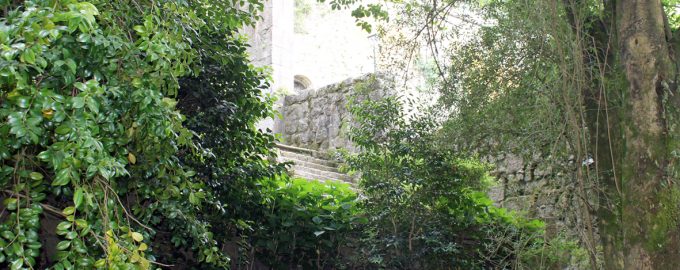
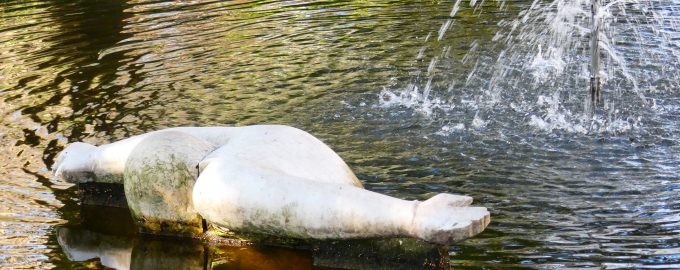
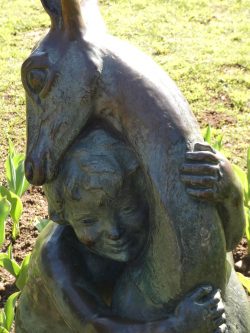 Tenderness Sculpture by Henrique Moreira
Tenderness Sculpture by Henrique Moreira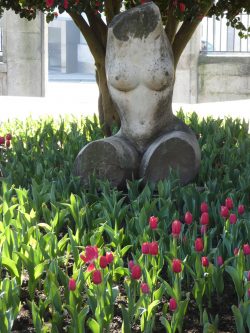
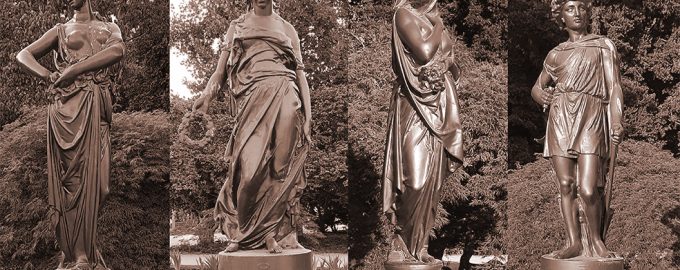
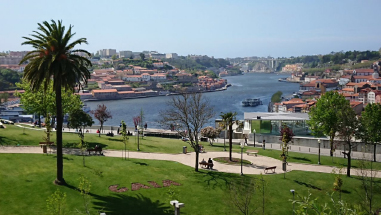
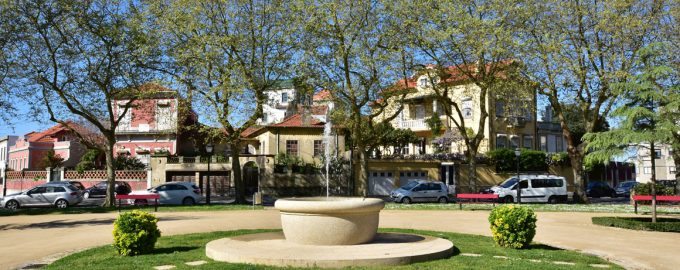
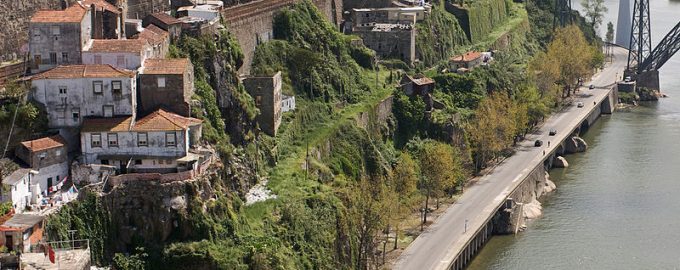
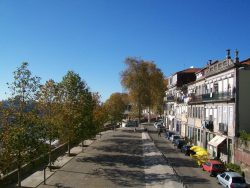 Highly sought after during the São João celebrations, the area of the Fontainhas has a special charm at any time of the year thanks to its the magnificent landscape view.
Highly sought after during the São João celebrations, the area of the Fontainhas has a special charm at any time of the year thanks to its the magnificent landscape view.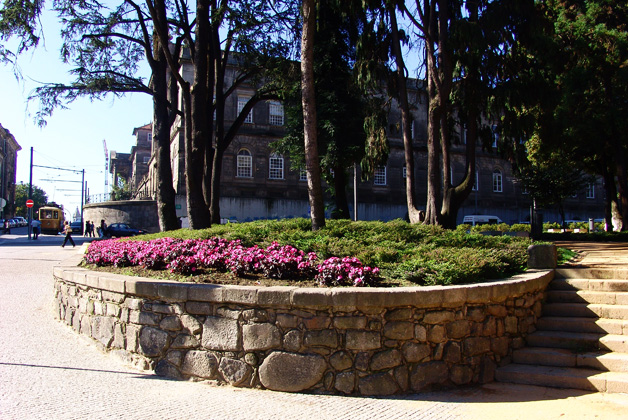
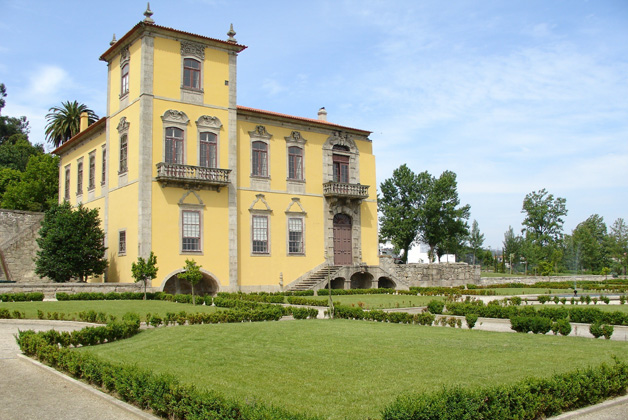
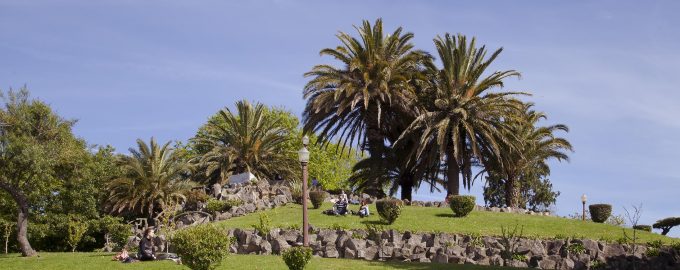

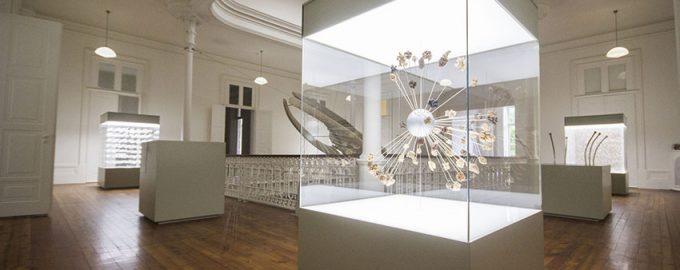
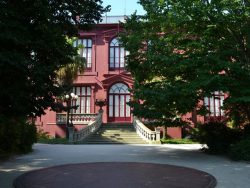
 Information:
Information:
